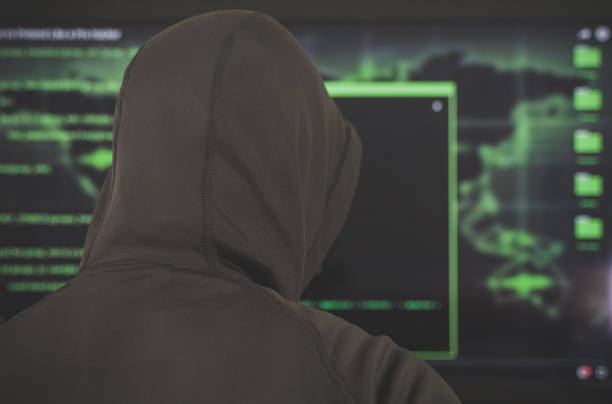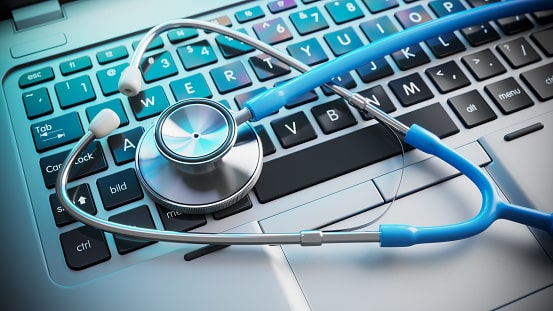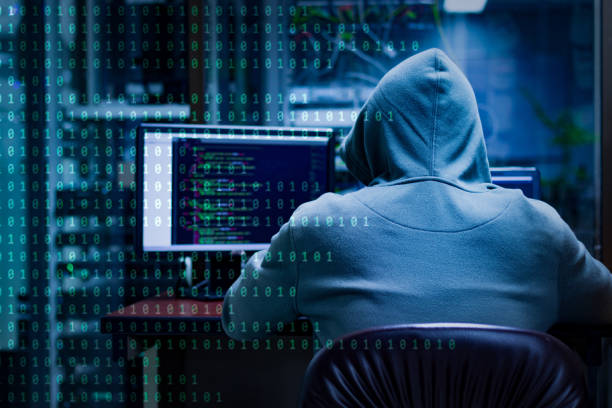Leading Sectors Most at Risk from Cyberattacks
Companies need to understand their risk as cyberattacks increase in frequency and sophistication. It will help organizations identify which industries will most likely be targeted.
Healthcare and government organizations are prime targets for hackers due to the sensitive data they hold. Hackers can use this data to commit fraud, blackmail and espionage.
1. Education
Schools and educational institutions are a target for cybercriminals due to the large amount of sensitive data they store. Student social security numbers, teacher and staff bank accounts and other personal information are all valuable assets for cybercriminals to steal and exploit.
Another common threat that colleges and universities face is ransomware. This malware encrypts files on the institution’s network, preventing access until payment is made.
Cyberattacks can disrupt the education process and make it difficult for students to participate in classes and exams. As an added concern, ransomware can compromise a school’s ability to collect student fees and other costs.
It is essential to educate the entire school community about how to protect against hackers and what steps to take should they be attacked. Providing basic training to all users of the organization’s network and implementing network segmentation are other essential steps that can be taken to protect the education sector from cyber-attacks.

2. Manufacturing
One of the industries’ leading targets for cyber-attacks is manufacturing. The industry relies on computer-controlled machinery and industrial control systems to operate. These systems can be easily compromised and lead to production stoppages, which can cost much money in the long run.
Another significant risk is data theft. The manufacturing industry often has sensitive data, such as customer information and product designs. If it ends up in the wrong hands, it could be misused to gain an unfair edge over rivals or for other evil intentions.
These threats can be mitigated through a robust cybersecurity strategy and an effective risk mitigation plan. It can help manufacturing companies react quickly to breaches and shut down unauthorized users. It can also protect their sensitive data from being stolen.

3. Government
The government sector, which includes national and local governments, has an extensive and complex information network. As a result, it is often an attractive target for cyber-attacks and hacktivist activity. Attackers may target a government organization’s information assets for purposes ranging from economic gain to political activism.
One recent example was the Office of Personnel Management, which suffered a data breach in 2014. A primary concern is ensuring that sensitive personal information remains protected. The government’s data contains information about people and their activities, including medical records.
Cyberattacks can also collect military and national security information. The government sector also faces a significant risk from phishing emails and malicious software. These attacks, which involve spoofing emails or websites to impersonate legitimate organizations, are often the most common cybersecurity attacks on the government sector.
4. Healthcare

Healthcare is one of the most regulated and scrutinized industries globally, so it’s no wonder cybercriminals. They are targeting it. A data breach in the healthcare sector can result in substantial financial losses and harm patients, doctors, hospitals and the entire healthcare ecosystem.
The healthcare industry is a target for phishing attacks, malware, ransomware, theft of patient data, insider threats and hacked Internet of Things (IoT) devices. In addition to the risks of a healthcare data breach, the threat of cybersecurity incidents can deter hospitals from providing the high-quality care they promise and require.
Hackers can access healthcare organizations’ networks and systems by exploiting various vulnerabilities in the methods and software. These can include unsecured USB ports, weak passwords, and open access points such as public Wi-Fi networks.
Due to its widespread usage of computerized medical records holding sensitive personal and medical information, the healthcare sector is a top target for hackers. This data can be easily stolen and used to commit fraud. It can also cause healthcare organizations to violate their legal obligations under HIPAA’s Privacy and Security Rules.
5. Retail
Retailers are a big target for hackers and crime syndicates because they have a lot of valuable data. It includes PII and payment card information, which can be used for fraud and account takeovers. The industry is also highly public-facing, which makes it more likely to be hit with an attack.
It makes it critical for retailers to understand their unique cyber risk profile and implement the proper security measures. In addition, many retail businesses operate on legacy systems that are not up to date and can be a severe security risk. These include e-commerce platforms and automated warehouse and logistics IoT solutions, providing several potential entry points for hackers.
The retail industry also faces a cybersecurity talent shortage, making it challenging to keep employees up-to-date with the latest developments in cybersecurity technology. It means that it’s vital for retailers to conduct regular cybersecurity awareness training for their employees to ensure they have a robust understanding of the risks they face.
